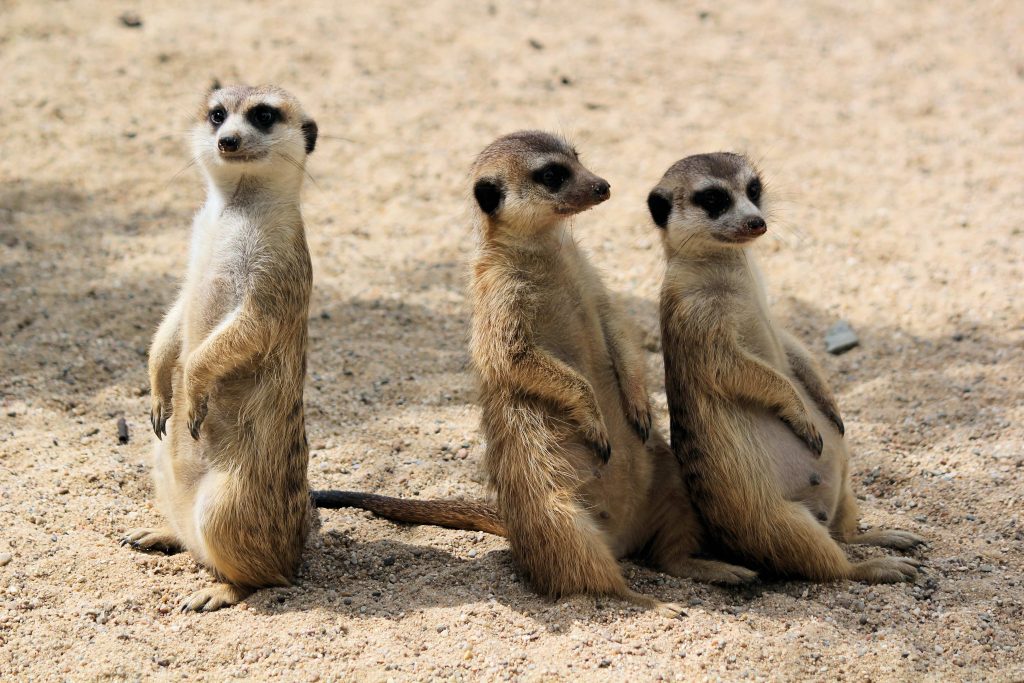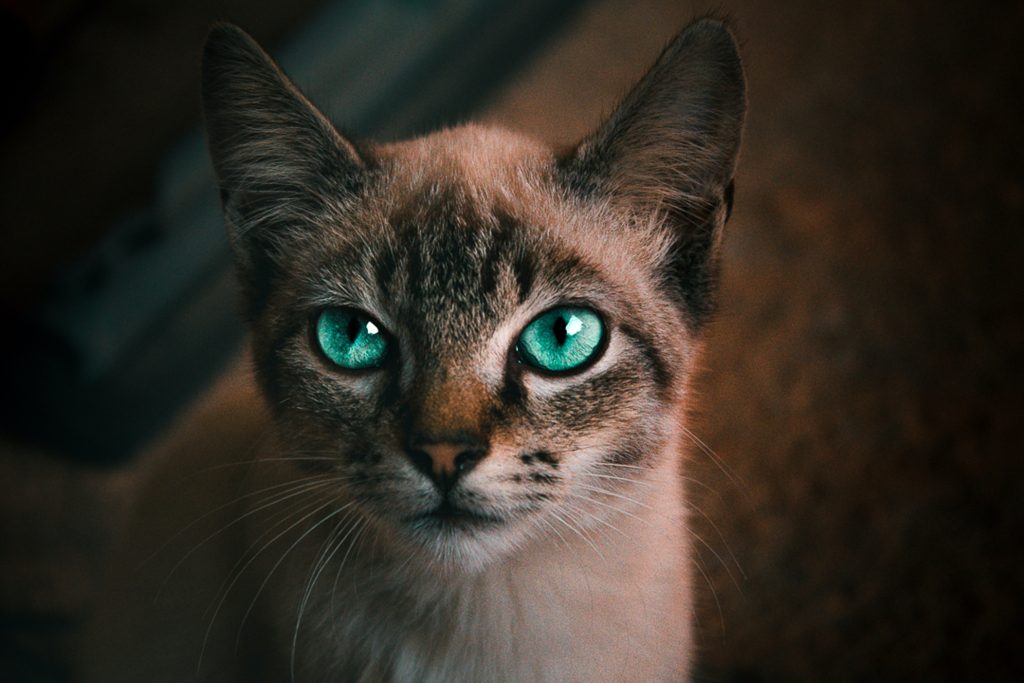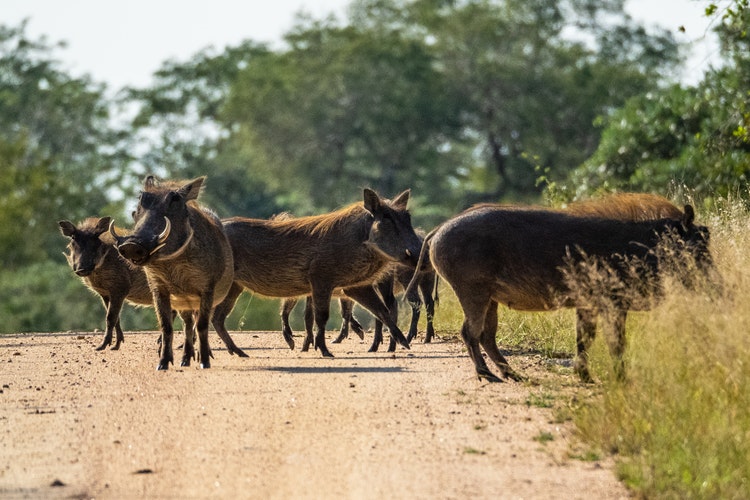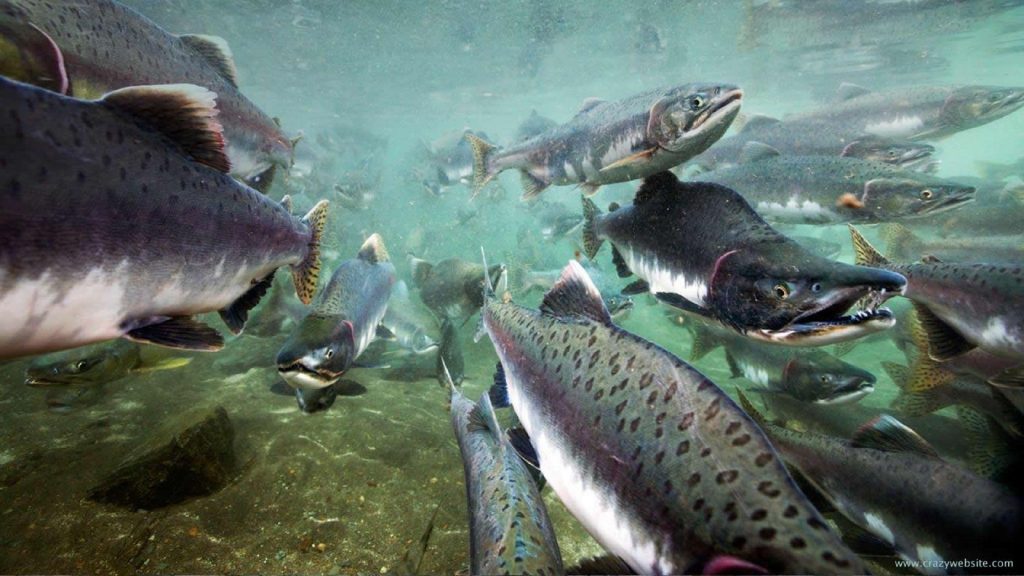On Animate Intelligence, Loving Dogs, and More
excerpt | on animate intelligence
By Dhananjay Jagannathan
Not long ago, artificial intelligence (AI) seemed to be primarily a theoretical question for academics and researchers to study. Now, with the advent of large language models (LLMs) like those behind the interactive text service ChatGPT and the image generator Midjourney, AI is a significant social phenomenon. Like other teachers of first-year college humanities courses, I will be spending some time this summer thinking about whether the ready availability of AI should change the way I present the basics of argumentative writing.
But this striking social phenomenon is also an intellectual one, with breathless claims by technologists that large language models represent a brave new world of artificial intelligence as well as a cadre of philosophers, journalists, and cultural critics willing to entertain or endorse their claims.
Yet versions of these claims have been made for decades. Nearly fifty years ago, John Searle, in response, presented a tidy argument against ‘Strong AI’, the idea that a system that imitates language use accurately enough through symbolic manipulation should count as understanding the meaning of its outputs.
Searle’s thought experiment imagines a person, isolated in a room and ignorant of a certain language, who reliably follows a book of instructions that convincingly simulates an appropriate output in that language on being given a certain input. Neither the person nor the book (a program or algorithm) seems capable of understanding anything in the language in question. Yet the linguistic output might well fool us into thinking otherwise.
My point in bringing up Searle’s half-century-old argument is not to dismiss the new generation of AI, but rather to note that the paradigm in AI research of simulating competence has not changed, despite the novel scale of the computational resources that LLMs employ. As a result, many debates over artificial intelligence circles back to a background assumption, namely, that thinking is itself a computational process.
Advances in empirical cognitive science, especially studies of memory, perception, attention, and decision-making, have made this computational view increasingly attractive to maintain. Moreover, thinking about the mind and the brain in this way seems to reflect a sober scientific naturalism, a departure from the metaphysically disreputable speculations of philosophers and religionists.
How, then, can we resist the claim that we encounter genuine intelligence in the programs that AI researchers are developing? And if we manage to do so now, when we use AI software on our wonted phones and laptops, then what about in a future where our lives are pervaded, physically, by robotic assistants?
The answer to this challenge, I believe, lies in the world we share with animals.

Read the full essay at The Line of Beauty
Dhananjay Jagannathan is a professor, scholar of Ancient Greek and Roman philosophy, and essayist. His academic scholarship centers on the ethics and politics of Aristotle and his first book is on Aristotle’s account of ethical knowledge and the possibility of ethical understanding.
excerpt | on animals, persons, and things
By David Egan
For most people, through most of human history, animals have been neighbors: beings who live alongside us, near us yet separate from us. As our neighbors, they’ve opened a window onto a living world that’s larger and more mysterious than the one that’s structured and mediated by human institutions. When ancient people looked up at the heavens, they saw the shapes of animals. The stories and myths by which they made sense of the cosmos were populated by animals. Animals figured prominently in ritual and sacrifice, mediating between the human and the divine.
In these ways and more, animals have been emblems for a world that humans inhabit but can never fully control. Persons you can negotiate with, plead with, threaten. Things you can turn into tools and subject to your will. Unlike things, animals have wills of their own. Unlike persons, they’re hard to communicate with, their minds and motives often unreadable. When we resolve their animal strangeness to the categories of person or thing, we lose some of the mystery of finding ourselves in a world that exceeds our grasp. There’s a point of view there that we can’t imagine our way into. In their strangeness, animals inspire wonder and humility.
When an animal looks at you, what he or she sees is another animal. The experience can be disconcerting. The gaze of an animal strips you of so much of what you took to be your identity. The animal doesn’t care about your professional status or your sense of style. But that stripping down can be instructive. We get a little too wrapped up in those things anyway, and an animal’s indifference to them reminds us that we’re also, before and beneath all that, also animals ourselves.
Being seen by an animal—and allowing myself to feel seen by an animal—jolts me out of my anthropocentric self-absorption. Animals remind me that my own way of being in the world is one form of animal existence among others.

Read the full essay at The Line of Beauty
David Egan has a DPhil in philosophy from Oxford and has taught at a number of institutions in the UK and North America. He lives in Vancouver, Canada, and teaches online philosophy classes to the public at eganphilosophy.com.
excerpt | on (unironically) loving dogs
By Tara Isabella Burton
I’m one of those people who really loves dogs. If we’ve ever met in person, you may have seen me stop a conversation, mid-sentence, to shriek aloud with joy if a particularly fluffy Pomeranian, or an especially winsome red Cavapoo, happens across my field of vision. There are few dogs I see, crossing the street in Brooklyn or the Upper West Side, that I do not instinctively long to stop or greet or pet; only a veneer of human politeness stops me from absconding with some of them altogether.
Part of the reason for this is that I’m just a “dog person.” But I think there is, in my love of animals – and in my love of dogs specifically (I like cats fine, but find their veneer of superiority intimidating) – something more than mere aesthetic affection.
What I love about dogs, and the kind of affectionate, indeed loving, relationship we can have with dogs, is the utter straightforwardness of their being. Dogs play; they bark; they beg or fetch or sit or stay; most importantly, they dog. Which is to say: as both fundamentally social and communal animals, and simply as animals, dogs express their dog-ness with nearly every single action or gesture they make. When a dog plays, whether with another dog or with a human being, it does so with joyful instinct: with a giddy openness to play as part of the natural business of living, rather than as a frivolous add-on to more immediately or obviously necessary pursuits.
I expressed this, once, half-jokingly by saying that “dogs aren’t brain-poisoned, the way humans are.” Dogs don’t know who the main character of Twitter is. They have no conception of Discourse. But, more importantly, dogs – and our relationship with dogs – lack the capacity for any kind of irony. You can tease a dog in play – pretending to throw a ball, say – but your relationship with the dog can never be mediated, through allusive language or ambiguous glances or high-context responsivity, the way human relations can be and, I would argue, increasingly are.

Read the full essay at The Line of Beauty
Tara Isabella Burton is a novelist, theologian, and journalist. Her nonfiction book Self-Made: Creating our Identities from Da Vinci to the Kardashians came out in June (Public Affairs); her second novel The World Cannot Give is now out in paperback and the third Here in Avalon (both Simon & Schuster) arrives next January.






